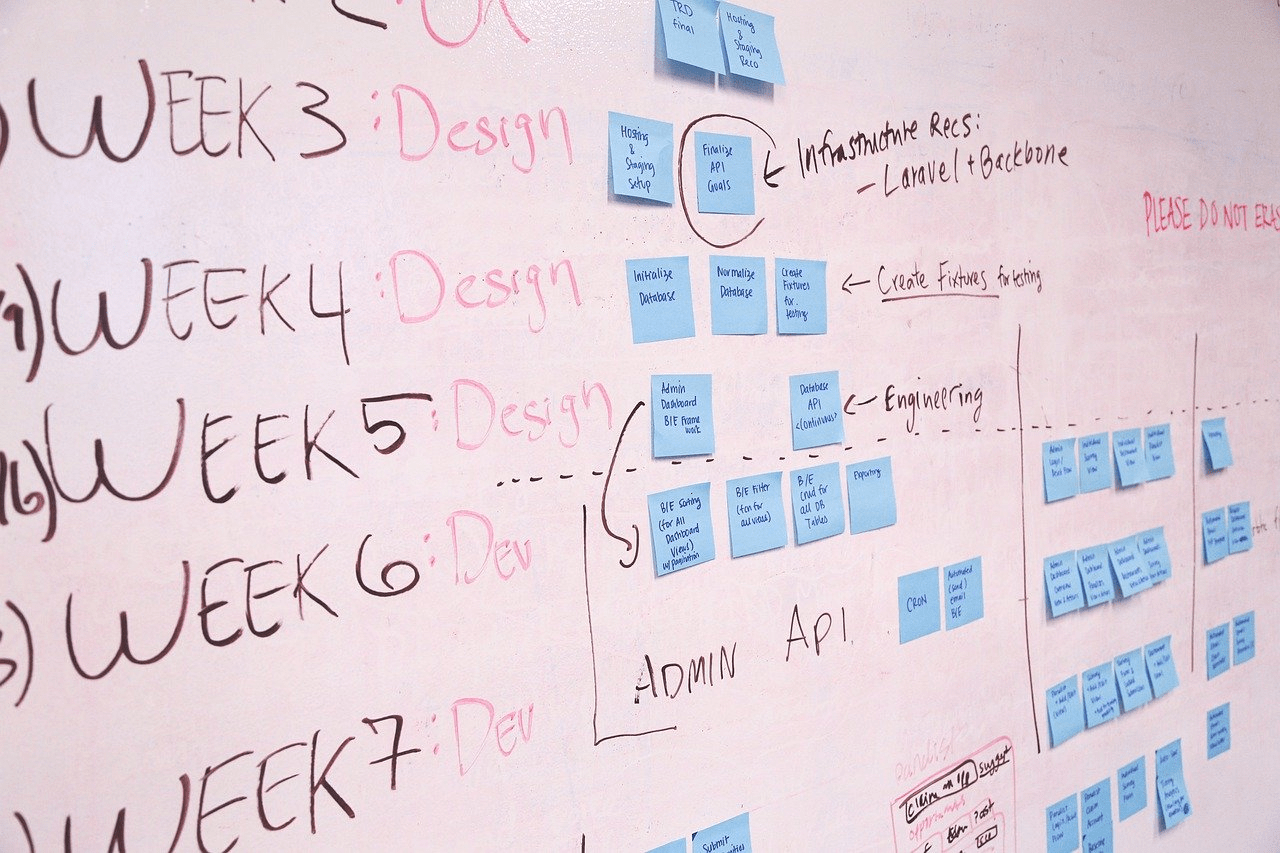A poor quality project management plan is one of the main reasons for project failure.
CONTENT
- Creating a project management plan in 9 steps
- Project management plan: Gather requirements from key stakeholders
- Project management plan: Define your project scope
- Project management plan: Create a work breakdown structure
- Project management plan: Project activity sequence
- Project management plan: Estimate activity duration, costs, and resources
- Project management plan: Allocate resources to work packages and activities according to skills and interests
- Project management plan: Create contingencies
- Project management plan: Creating a baseline for performance metrics
- Project management plan: Document everything and build a knowledge base
Often it means that the project scope was not fully grasped and, as a result, the program and budget were unrealistic.
It is widely proven that planning is a critical success factor in project management.
So, in this article, we will take a look at how to make a project management plan.
Creating a project management plan in 9 steps
A project management plan is a document that outlines the process to be followed to achieve project goals.
A project plan aims to outline which steps and resources are needed to complete a project within schedule and budget.
Here are the 9 steps for developing a project plan that yields quality results:
Project management plan: Gather requirements from key stakeholders
Having created a project map and established key project stakeholders, it is now necessary to collect requirements.
To generate outputs, you need inputs.
After obtaining this information, you can define your project’s scope and determine exactly what results your stakeholders expect.
Strong communication skills are crucial at this stage of the planning process.
Without effective communication, you may miss important details that could be detrimental to the overall success of your project.
Project management plan: Define your project scope
The key questions to ask are “what does the project team have to produce or deliver?” and “what problems are the stakeholders trying to solve?”
Then provide a comprehensive description of your project and the final product results through a project scope statement.”
Project management plan: Create a work breakdown structure
In this step, the project scope is split into smaller, more manageable deliverables and clusters of related activities, also known as ‘work packages’.
Here the question “what activities need to be carried out to create project deliverables?” can help split work.
This will help allocate the right resources to the project’s different parts according to the skills needed.
The work breakdown structure supports planning and coordination, two critical aspects of project management.
Project management plan: Project activity sequence
Almost everything happens sequentially, but the key is to do as many things as possible simultaneously, provided you have the resources to do so.
Particularly in the most dynamic and hyper-competitive industries, the capability to reduce cycle times is a competitive advantage.
Project management plan: Estimate activity duration, costs, and resources
Cost, duration, and resources required to complete the project activities depend on your project scope.
Getting a correct estimate is essential, as it helps determine whether the plan is feasible, set expectations, and keep costs under control.
Project management plan: Allocate resources to work packages and activities according to skills and interests
Resources include labor, materials, equipment, space, and technology.
After defining the resources needed, it is crucial to determine the skill level required for each activity.
The scope and complexity level of the activities will help determine in which areas high, medium, or low-level skills are required.
Project management plan: Create contingencies
Projects rarely work as planned, so it is important to prepare backup plans.
Contingencies can be determined by analyzing historical data to identify risks that have occurred on similar projects in the past.
For example, if a vendor who provides a key project component experienced performance issues in the past, this could affect your planning.
In that case, the contingency plan could include alternative supplier selection, and cost estimation should this risk occur.
The key here is to consider internal and external factors that may impact project objectives.
Many factors beyond the organization could add risk to the project, including the consumer price index, the economy, government issues, and the actions of competitors.
Project management plan: Creating a baseline for performance metrics
Develop an integrated scope-program-cost baseline for project work, which will serve as a control tool.
You can measure and manage performance by comparing project execution with the baseline.
Performance should be measured during the entire project life cycle; this way, problems can be spotted in time and corrective action taken before it is too late.
Project management plan: Document everything and build a knowledge base
This can be a great way to learn from others’ mistakes and successes.
In organizations where this historical knowledge is not documented, it may be more challenging to organize work for future projects because there are no best practices.
It becomes clear that creating a project management plan is essential not only for the success of a project but also for ensuring that similar projects are well planned in the future.
Project management software such as TWproject facilitates creating your project plan to produce a high-quality project management plan.
This project management tool is flexible and offers a variety of tools to meet different needs.
Moreover, not only does it help in creating a project management plan, but with its user-friendly and easy-to-use interface, it allows you to monitor the progress of several projects at the same time.




